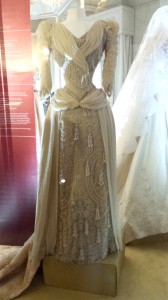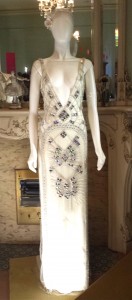The introduction of social media has undeniably changed our lives for good. It has enabled fast and easy contact with friends and family and has provided a new platform for meeting new people. Social media giants such as Facebook, Twitter and Instagram now enable online communication like never before through tags and hyperlinks of which now interlink with one another through one endless networked system. This system however is being stained with insults, offensive language and inflammatory messages all with the deliberate intent to provoke a negative, emotional response in a specific individual and subsequent readers. With this now being such a prominent issue in online communities, especially Twitter, these users have been termed ‘Trolls’ and now even defined on some online dictionaries.
It thoroughly disappoints me to see, that even in the wake of Robin Williams death earlier this week, grieving daughter Zelda Williams has been forced to leave social media as result of being directed links of pictures of what were claimed to be her father’s body while others blamed her for her father’s death.
Linking back to what has been discussed in our previous two symposiums about online language use and defamatory behaviour, it still shocks me to see just how many people fail to comprehend even the simplest online etiquette. Yet what makes me shudder in pure anger is the cowardly behaviour of these ‘trolls’ as I have no doubt that these people would express themselves in such a insensitive manner in the real world, outside of their online facade and away from their rectangular glass shield.








